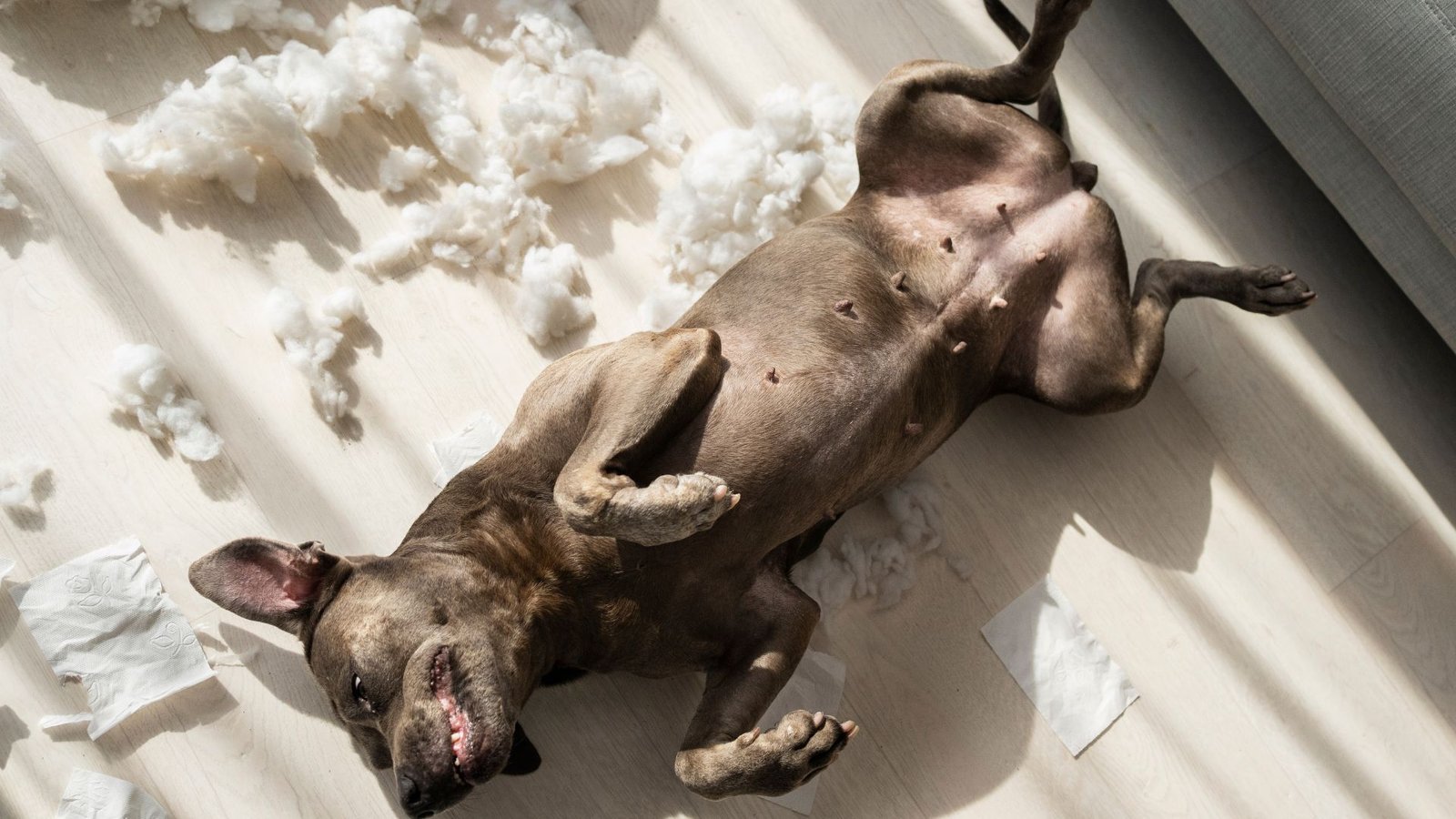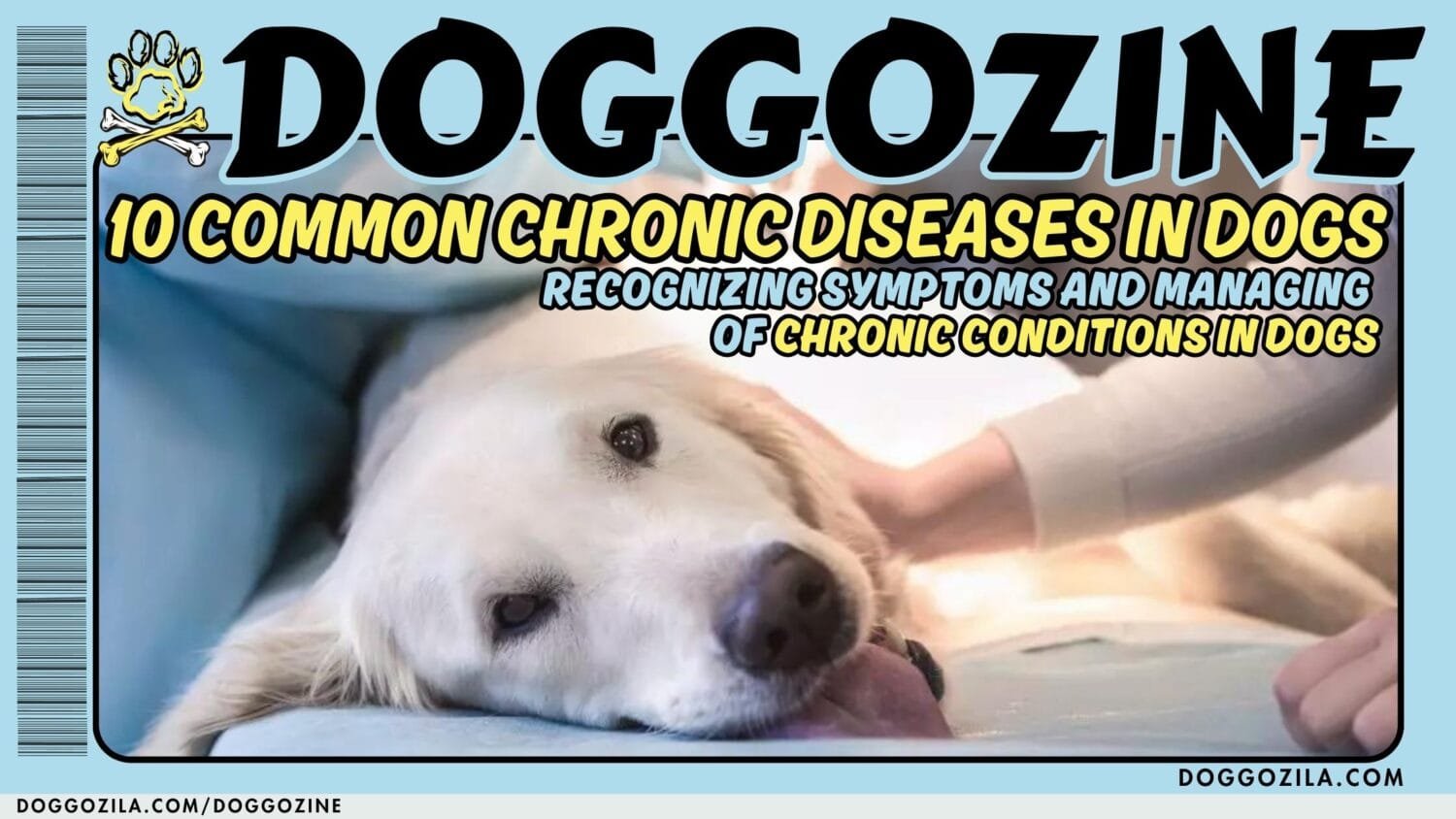
BEHAVIORS THAT ARE INDICATION THAT YOUR DOGS ARE HAVING SEPARATION ANXIETY
You might have heard that some dog owners complain about their dog displaying some odd behaviors when they are left alone at home. Even if they are house trained, they might still urinate, defecate, bark, howl or show other symptoms of being distressed. These are the reasons why your dogs have a separation anxiety!
Triggers of a separation anxiety in dogs
The trigger why your dog has a separation anxiety is when your dog see you departing or leaving the house without them. These kinds of situations trigger them to experience the fear of being left and forgotten or suddenly feeling like having a panic attack that results in displaying the odd behaviors mentioned above. Sometimes when you are leaving the house, they are so upset that they attempt to escape resulting in self-injury or destruction of your home.
But don’t worry!
There are various ways to prevent separation anxiety in dogs and keep them calm when left alone.
You can solve this issue from this starting point. Train your dogs to tolerate being alone and maintain your dog’s daily routines while you are away!
Reasons why your dog has a separation anxiety
Sudden feelings of fear and stress is common in dogs that feel abandoned by their owner when they leave the house and when left alone. The feeling of being abandoned or the feeling that something bad is going to happen triggers in some or all the signs of separation anxiety.
Signs of separation anxiety in dogs are:
- Urination and defecation on the floor even if they are trained not to do so
- Barking and howling (the duration of the howling might be longer)
- Chewing furniture or destroying objects
- Attempt to escape
- Not eating
How do I know if my dog is having a separation anxiety?
If you have a dog and it is in a great extent attached or dependent on you or other member of your family will try to stay close to you and follow you in every room possible it might develop anxiety problems. Usually, dogs that are dependent of their owners may display distress behaviors in order to express their feeling of being abandoned and alone.
Your dog might show signs of anxiety as soon you prepare to leave the house and are quite excited when you return. Typically, dogs that have distress behaviors don’t want to be separated from their owners and feel scared of being left alone and the only thing you can do is help them cope with their problems.
Helping them is the only way to keep them healthy and fit dogs!

DOG’S SEPARATION ANXIETY PREVENTION
Take into account that every dog is different and has different character. Some dogs can easily be trained by taking entertainment activities in order to avoid feeling stressed and insecure, and some find difficulties to be free from worries depending on the intensity of the stress.
Dog Family Activities
One of the best ways to treat or prevent separation anxiety in dogs is training them when they are still a puppy to feel comfortable and train them to enjoy being home alone. You can start all that by training them to feel safe and secure in a crate that is full with toys that your dog adores, and making that crate an amusement place where your dog will enjoy in abundance of fun and pleasure.
Other way to release your dog from stress is teaching your dog that leaving the house is not a bad thing by playing its favorite games and giving your dog some special treats (the most delicious food that they never tried before) while you are leaving the house. Gradually lengthen the time you spend out without your dog and repeat this multiple times till your dog understand that watching you leave is not such a bad thing.
animate your dog
However, in case your dog is one of the those that is not eating food when stressed try praising them and giving them treats every time you return to the house. Another way to prevent separation anxiety problems is to get a dog sitter to take care. He can animate your dog when you leave the house for more than few hours. The dog sitter will make sure your friend is not alone and continue maintaining their daily routine.
Avoid all indications of leaving the house! Take pre-departure cues by taking your keys or putting your coat on several, without actually leaving the house. That way your dog will understand that taking the keys or putting your coat on do not always means that you are leaving for good and prevent triggering its anxiousness.
Make your home a fun and comfortable place for your dog
There are things that you probably should not do when your dog is showing signs of separation anxiety. The most important thing is not to shout or punish your dog because it has anxiety problems. Keep in mind that your dog doesn’t have poor obedience reaction, but deep down it feels unhappiness and insecurity.
The reasons why your dog has a separation anxiety should not be neglected. Make everything in your power to keep your dog mentally fit and healthy. In cases when your dog show signs of separation anxiety like being destructive, peeing or pooping, howling or not eating.
Even if they are house trained, doesn’t always mean that they are disobedient. On the contrary, they are coping with the feeling of being abandoned and a great deal of stress. Best way to help your dog is tiring your dog out by learning new skills. Try making your home a fun and comfortable place for your dog when you leave the house.
MOST ASKED QUESTIONS ABOUT SEPARATION ANXIETY IN DOGS
Understanding, Managing, and Supporting Your Anxious Pooch
If your dog has a separation anxiety, do not worry as it is a common and distressing condition that affects many dogs and their owners. In this article, we will explore the most asked questions about dog separation anxiety, providing insights into the causes, symptoms, and strategies for managing and supporting dogs dealing with this challenging condition.
The Struggles of Separation Anxiety
Separation anxiety in dogs is a challenging condition characterized by extreme distress when they are separated from their owners. It can result in destructive behavior, excessive barking, and emotional turmoil for both dogs and their owners.
- Causes and Triggers: Separation anxiety can have various triggers, such as changes in routine, moving to a new home, or traumatic experiences. Dogs with a history of abandonment or re-homing may be more susceptible.
- Common Symptoms: Symptoms of separation anxiety in dogs include excessive barking, whining, destructive chewing, house soiling, and attempts to escape. These behaviors occur when the dog is left alone.
Managing Separation Anxiety in Dogs
- Gradual Training and Desensitization: Training your dog to be comfortable with your absence involves gradual desensitization. Start with short departures and gradually increase the time you’re away, rewarding calm behavior.
- Creating a Safe Space: Designate a safe and comfortable space for your dog. This can be a crate or a specific room with their favorite toys, bed, and access to water.
- Calming Tools and Techniques: Calming tools, such as pheromone diffusers, music, and interactive toys, can help alleviate anxiety. Establish a calming pre-departure routine to reduce stress.

DOGS CAN ELEVATE YOUR SPIRITS
Supporting Your Anxious Pooch
- Positive Reinforcement: Use positive reinforcement to reward calm behavior. Avoid punishment for anxiety-related behaviors, as it can exacerbate the issue.
- Veterinary Guidance: Consult with your veterinarian to rule out any underlying medical issues and discuss medication options or behavioral therapy.
- Emotional Support: Emotional support from you, as well as professional support from a dog trainer or behaviorist, can make a significant difference in helping your dog overcome separation anxiety.
Fostering a Calmer and Happier Dog
Separation anxiety in dogs is a challenging condition! So with understanding, patience, and the right strategies, it can be managed and improved. You can help your anxious pooch become a calmer and happier dog. By addressing the causes and symptoms, you can implement effective training and support.
Remember that every dog is unique, and what works best for one may not work for another. With time and effort, you can make a positive difference in your dog’s life and your own. These were the most common reasons why your dog has a separation anxiety.
Continue exploring this topic on Wikipedia!









